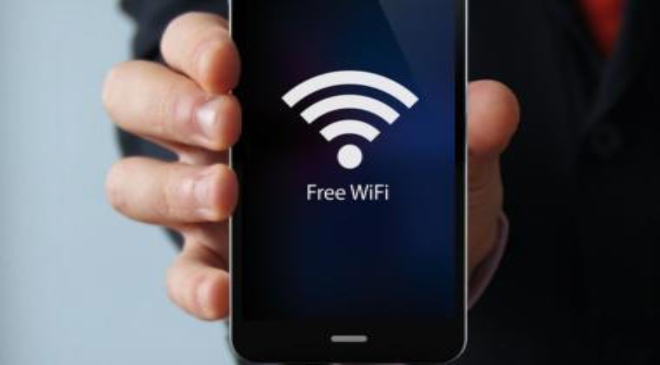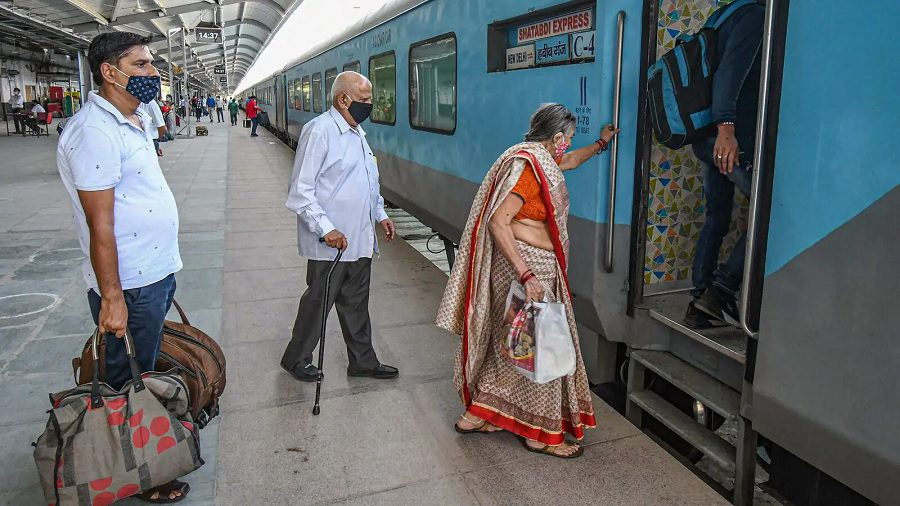India Online: What is the PM-WANI scheme that promises free WiFi access to all
The Prime Minister’s WiFi Access Network Interface or PM-WANI, launched by the Department of Telecommunication in December 2020, is one key scheme launched by the Indian government to bolster the penetration of public WiFi hotspots to establish a robust digital communication infrastructure throughout the nation, especially in rural areas.
When launching the scheme in 2020, Prime Minister Narendra Modi put out a statement saying, “Historic PM-WANI (Wi-Fi Access Network Interface) scheme…will revolutionise the tech world and significantly improve WiFi availability across the length and breadth of India. It will further ‘Ease of Doing Business’ and ‘Ease of Living’.”
Read More: Article 370, One Rank One Pension, GST: PM Modi traces historic Bills in old Parliament building
Needless to say, the PM-WANI scheme, holds the key to establishing an effective DPI or Digital Public Infrastructure, which is one of the cornerstones of the Delhi G20 Declaration.
By improving access to public hotspots, the government aims to boost employment opportunities for small and micro-entrepreneurs, while also providing affordable internet access to marginalized urban populations and rural households.
Under this initiative, local shops and establishments are encouraged to offer WiFi services for last-mile internet delivery without the need for licensing or registration fees.
Consider this – just like UPI revolutionised how personal banking and transactions are made in India, the PM-WANI scheme is supposed to completely change the penetration of the internet in India, by making it accessible to certain underserved sections of the society. By paying less than Rs 10 a day, anyone can have access to the internet for a complete day.
Read More: Name old Parliament building ‘Samvidhan Sadan’: PM Modi
How to access PM-WANI WiFi
To access the public hotspots established under the PM-WANI scheme, users must download an app that displays available networks. Users can then select a connection from the list and make a payment to access the network. The network remains accessible until the user’s balance is depleted, as it would with regular 4G, or 5G data from an ISP.
Components of the PM-WANI Ecosystem
The PM-WANI ecosystem consists of four key components: Public Data Office (PDO), Public Data Office Aggregator (PDOA), App Provider, and Central Registry.
Public Data Offices or PDOs entities establish WiFi hotspots and furnish internet access to end users. Public Data Office Aggregators or PDOAs are responsible for providing authorisation and accounting services to PDOs.
App Providers facilitate the display of nearby available hotspots on users’ mobile devices. A Central Registry which is overseen by the Centre for Development of Telematics, maintains essential information concerning App Providers, PDOs, and PDOAs.
Benefits of the PM-WANI Scheme
As of November 2022, the PM-WANI central registry reported the existence of 188 PDO aggregators, 109 app providers, and 11,50,394 public WiFi hotspots.
The PM-WANI WiFi architecture has the potential to significantly increase internet penetration, which, in turn, could contribute to GDP growth. It has the capacity to expand internet access in rural areas, thus bridging the digital divide and creating employment opportunities in SMSEs
Furthermore, PM-WANI could provide affordable internet access to the vastly ignored segment of society, ultimately contributing to the advancement of Digital India.
Read More: Women’s Reservation Bill tabled in Lok Sabha. 5 things to know about this legislation
Challenges to the PM-WANI scheme
Implementing the PM-WANI scheme in India has its own share of challenges.
First, there are security concerns. The extensive network of public WiFi hotspots is susceptible to numerous security threats. With millions of people accessing the internet through a single device located in a specific location, ensuring the security and integrity of the network becomes a paramount concern.
Then there is the case of data privacy. The transmission of private and sensitive data across such a widespread network poses a substantial challenge. There is a risk of potential security breaches or data leaks, raising concerns about the protection of users’ personal information. Plus, Under the PM-WANI rules, a Public Data Office Aggregator (PDOA) is permitted to retain personal data of users for up to one year. This policy could potentially conflict with the concept of the “Right to be Forgotten.”
Although the DPDP Act or Digital Personal Data Protection Act has some strong provisions in place, loopholes can still be found and exploited.
Then, we have the issue of network congestion. Public WiFi networks, by their nature, can experience significant slowdowns in connection speed when a large number of users access them simultaneously. With thousands of people accessing a single hotspot at once, maintaining an acceptable speed for all users can be a major challenge.
Another noteworthy aspect is that the state is gradually withdrawing from providing internet services and is encouraging the private sector to step in. While this approach opens doors for private sector innovation, it may also lead to an increase in internet prices. Consequently, WANI-based internet services might turn out to be relatively costly for users.
Balancing data retention policies and affordability for users will be essential as India continues to evolve its digital infrastructure and internet access framework.




Comments
Post a Comment